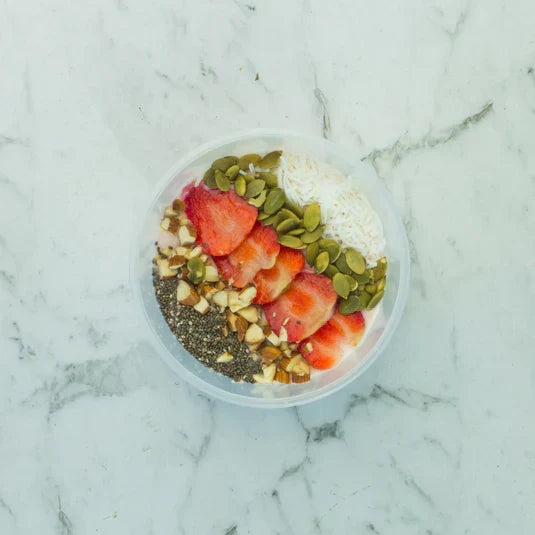People often argue about whether men and women should have different approaches to training and nutrition.
As we explore anatomy and physiology, we uncover several important distinctions that can impact how we approach training and nutrition, alongside recognising the significance of other relevant factors beyond just biological and biomechanical differences.
Gender, Bones & Muscle
In terms of bone and muscle composition, men generally possess a larger skeleton and greater muscle mass, while women tend to exhibit more strength and muscle mass in their lower body, potentially resulting in relatively higher lower body strength.
Aging presents significant changes in both bone and muscle; muscle mass decline is inevitable for both genders, albeit more rapid for women after menopause.
Additionally, both men and women are susceptible to conditions like Osteopenia and Osteoporosis, with post-menopausal women typically experiencing these at a younger age compared to men.
Metabolism
Women usually have a lower Basal Metabolic Rate (BMR) compared to men of similar weight and height, potentially leading to misconceptions about dietary needs.
This can be problematic, especially for active women who may avoid consuming enough calories despite their increased energy demands from intense training.
Hormonal Influences
As women, we face a host of unique physiological challenges, from managing menstrual cycles to coping with conditions like PCOS and endometriosis.
Throughout our cycle, hormonal shifts can trigger hunger, cravings, and fluctuations in energy levels, impacting our training and overall well-being.
These fluctuations can make it challenging to maintain consistency in our nutrition and fitness routines.
Additionally, hormonal imbalances such as hypothyroidism can add another layer of complexity to our daily lives.
While it's essential to acknowledge these differences, we should avoid oversimplifying and generalising our experiences. Instead, we should prioritise understanding our individual needs, preferences, and goals when it comes to nutrition and training.
Wellness Essentials
Here are some essential principles to keep in mind as you navigate your wellness journey:
-
Set Achievable Goals: Make sure your goals fit your lifestyle, considering work, sleep, and socialising. Unrealistic goals often lead to burnout. Dream big, but take practical steps toward success.
-
Know Your Energy Needs: Your calorie needs depend on your lifestyle, activity levels, and goals—not just your gender. Understand what fuels your body best.
Have you heard about our meal options at Fit Food? We provide two portion sizes: a medium 350-gram meal and a larger 450-gram option. It's perfect for couples or families who have varying energy requirements.
-
Find Your Support System: Starting a wellness journey can feel overwhelming. Surround yourself with people who lift you up—a workout buddy, a supportive partner, or a coach can make all the difference.
-
Practice Mindful Eating: Transform your relationship with food by being present at mealtime. Listen to your body's cues for hunger, not the clock, and eat with intention for a healthier mindset.
- Embrace Strength Training: Incorporate resistance training into your routine to stay strong and resilient as you age. Building muscle and bone density boosts longevity and vitality.
Ready to simplify and personalise your nutrition routine? Try our affordable and convenient meal delivery service at Fit Food and discover how easy and delicious healthy eating can be!





